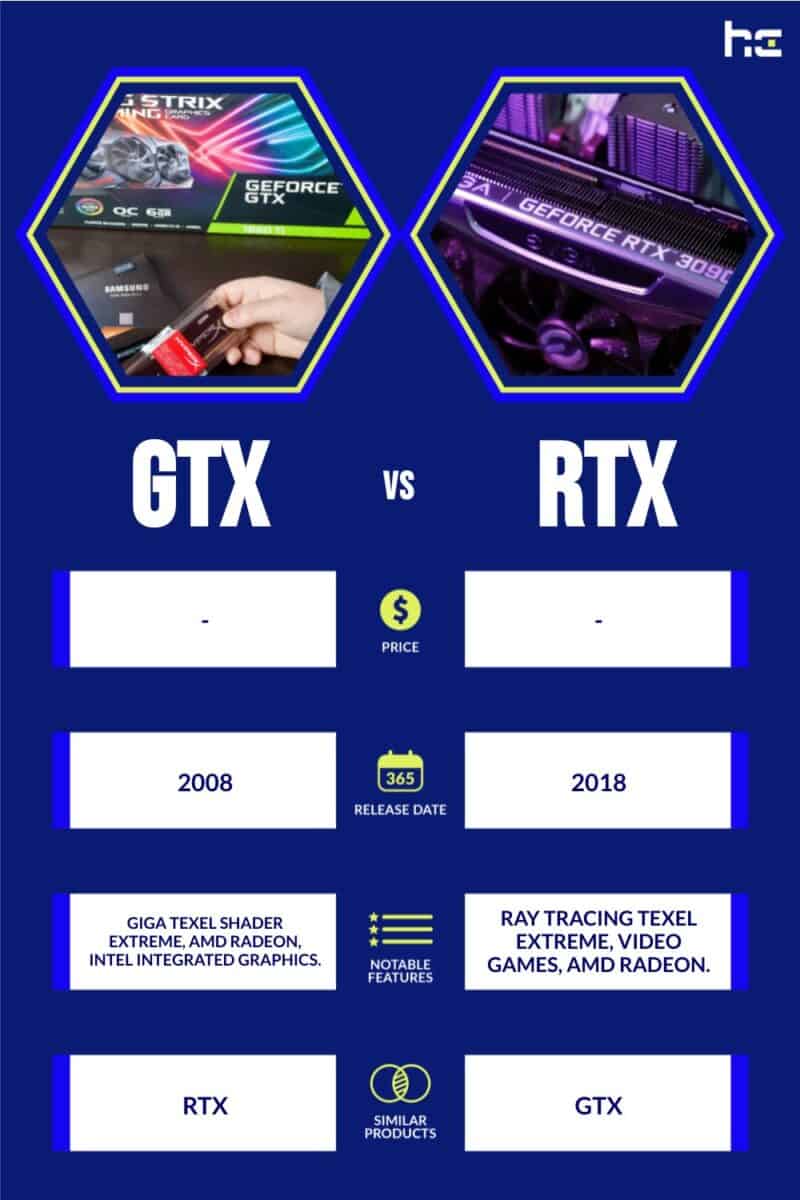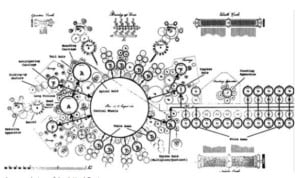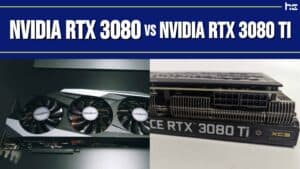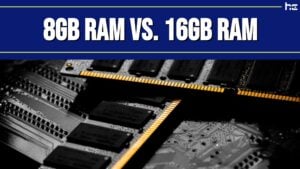Being a PC gamer or designer who needs a GPU can be a bit complicated. Aside from the competition between Nvidia and AMD, there are a lot of options to choose from just within one company. For Nvidia, the main series to choose from are Geforce GTX and Geforce RTX.
What Is GTX?
Geforce GTX is a series of dedicated GPUs that were designed for desktop and laptop gaming. The lineup first launched in 2008 with the GTX 260. The first card had a base clock rate of 576 MHz, 896 MB of memory, and was built on a 65 nm architecture. Though the GTX name continued, ten years of development lead to very powerful cards with more differences than similarities like the GTX 1080 Max-Q built on a 16nm architecture with a 1.29 GHz base clock performance, 1.47 GHz turbo boost, 2 MB cache, and 8 GB of memory.
When comparing between GTX and RTX, any card before the 10- series or 16- series GTX doesn’t stand a chance. Even 1080 has trouble keeping up with tasks RTX cards can handle with no issue. NVidia has since moved on to focusing more on the improved RTX cards.
Here are a few of the cards you may still see on the market:
- 1650
- 1660
- 1660 Ti
- 1070 Ti
- 1070 Max-Q
- 1080 Max-Q
- 1080 Ti
- 1070
- 1080
- 1060
Keep in mind that the 16- series GTX cards are not the same performance as the GTX 1070 or GTX 1080 models. It is capable of gaming, but most 1650 cards have less memory than gaming-specific cards.
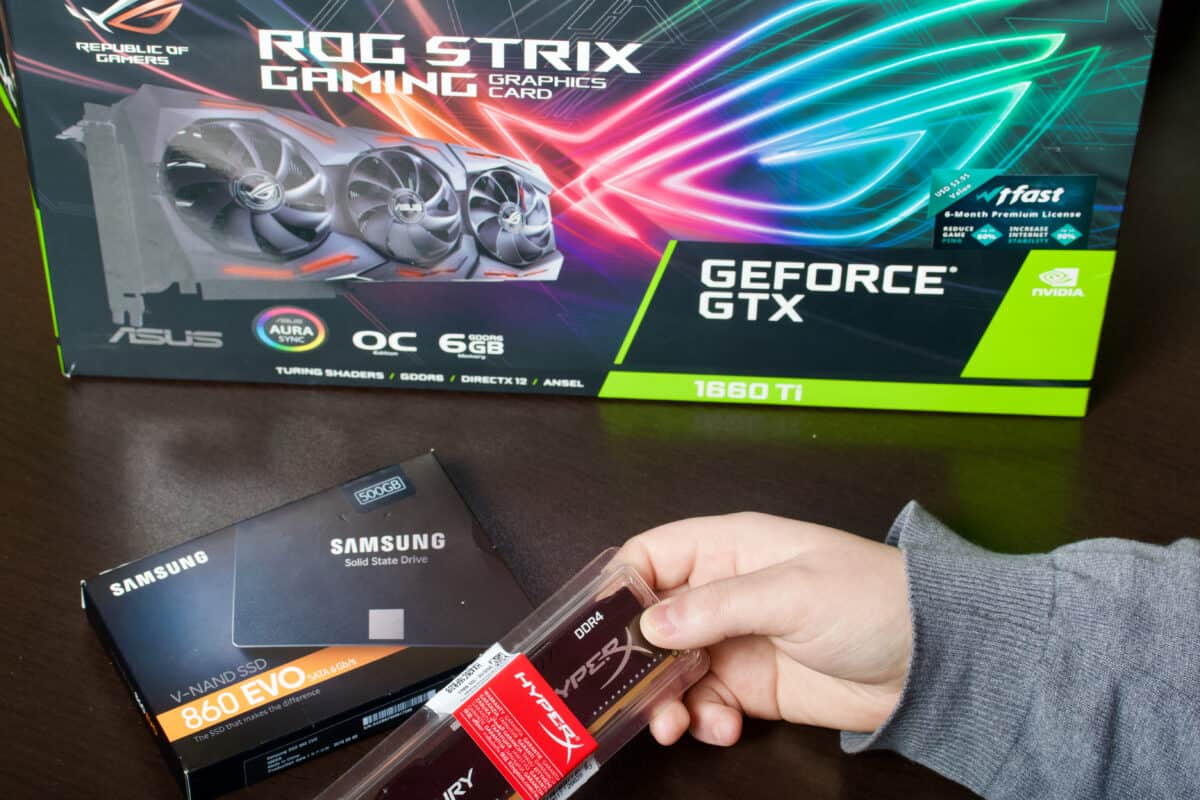
©iStock.com/iStockVadim
What Is RTX?
RTX is the modern Nvidia gaming performance graphics card. The series launched in 2018 with the 2060, 2070, and 2080 models. These chipsets brought out new possibilities for 3D design in engineering and gaming. While the 1000 series of the GTX cards had brought forth the power needed to support VR, RTX added massively improved ray-tracing.
Here’s a list of the RTX cards available so far:
- 2060
- 2070
- 2070 SUPER
- 2080
- 2080 Ti
- 2080 SUPER
- Quadro A4000
- 3050
- 3060
- 3070
- 3080
- 3090
- 3080 Ti
- Quadro A6000
- Quadro A5000
- 3070 Ti
- RTX Titan
Why Change From GTX to RTX?
GTX, or Giga Texel Shader eXtreme, was the architecture used before the new Ray-Tracing Texel Shader eXtreme took over. The smallest it ever got was on 16nm build, but that’s impressive from what started as 65 nm in 2008.
RTX is on a 14 nm build. This allows for three times the transistors than the previous series. The 1080 had 7.2 billion transistors while the RTX 3070 has 17.4 billion transistors. That’s a big difference in pathways made by a 2 nm build difference. Accompanying the smaller build size, RTX cards also carry more cores than the previous Nvidia series. Continuing the comparison between the 3070 and the 2080, the 3070 has 5888 CUDA cores, while the 1080 has 2560 CUDA cores.
The change in structure merited a name and branding change.
GTX vs RTX: Side-By-Side Comparison
| GTX | RTX | |
|---|---|---|
| What it is: | NVidia graphics card model line | NVidia graphics card model line |
| Primary use: | power computer graphics processing | power computer graphics processing |
| Name: | Giga Texel Shader eXtreme | Ray Tracing Texel eXtreme |
| Conceived: | 2008 | 2018 |
| Initial release: | 2008 | 2018 |
| Technical committee: | Nvidia | Nvidia |
| Influential developers: | Nvidia | Nvidia |
| Open format: | No | No |
| Technologies influenced: | AMD Radeon, Intel integrated graphics, RTX, video games | video games, AMD Radeon, Intel integrated graphics, 3D design and modeling |
GPU Comparison Chart
| Name | Memory | Memory Speed | Ports |
|---|---|---|---|
| 1060 | 3 or 6 Gb | 320GB/s | 1 HDMI 2.0b, 1x DisplayPort 1.4, 1 DVI |
| 1070 | 8 or 16 GB | 320GB/s | |
| 1080 | 8 or 16 GB | 320GB/s | 1 HDMI 2.0b, 3x DisplayPort 1.4, 1 DL-DVI |
| 2060 | 6 GB GDDR6 | 336GB/s | 1 DVI, 1 HDMI 2.0, 2x DisplayPort 1.4a, 1x USB Type-C |
| 2070 | 8 or 16 GB GDDR6 | 448GB/s | 1 DVI, 1 HDMI 2.0, 2x DisplayPort 1.4a, 1x USB Type-C |
| 2080 | 8 or 16 GB GDDR6 | 495GB/s | 1 HDMI 2.0, 3x DisplayPort 1.4a, USB Type-C |
| 3060 | 12 GB GDDR6 | 360GB/s | 1 HDMI 2.1, 3xDisplayPort 1.4a |
| 3070 | 8GB GDDR6 | 448GB/s | 1 HDMI 2.1, 3x DisplayPort 1.4a |
| 3080 | 10 or 12 GB GDDR6 | 760GB/s | 1 HDMI 2.1, 3x DisplayPort 1.4a |
Part of what I showcase in the above chart is the difference in memory types and memory speeds. This is because the faster game objects and scenes can be loaded and moved around between storage and RAM, the faster the game will load and perform. This also helps with the real-time tracking of objects. The higher the memory bandwidth the faster the GPU can take in and put out physics and graphics.
Aside from these basic differences, RTX cards also sport Tensor Cores and RT Cores which are not found in previous generations of Nvidias cards. These new cores are largely responsible for the incredible performance gain of the RTX. They also contribute to the confusion about the differences between Tensor Cores, RT Cores, and CUDA Cores.
CUDA Cores are the pieces of the chipset largely responsible for physics calculations. RT Cores, or ray-tracing cores, are dedicated to calculating perfect light ray paths to create lifelike shadows and lighting effects. Tensor cores are used to mathematically calculate relationships between datasets in matrices. As all programming and objects in 3D environments are made of these types of datasets, you can see how dedicated task cores are useful.
Overall, the added RT cores work together with CUDA cores and Tensor cores for rendering tasks and for gaming experiences. The only similarities in core structure between the two series of Nvidia GPUs are the inclusion of CUDA cores.
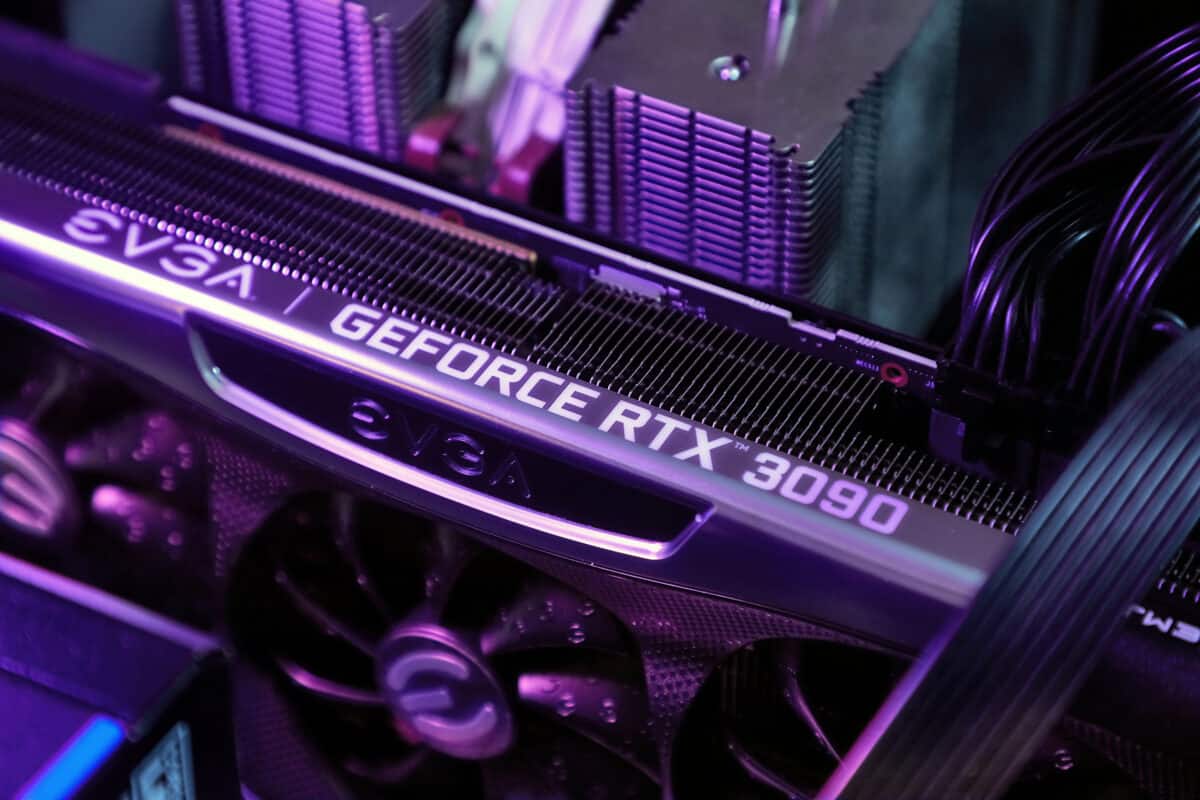
©Peter Gudella/Shutterstock.com
Just to recap, here’s a quick breakdown of the pros and cons:
GTX pros and cons:
- Pro: cheaper to obtain
- Pro: widely supported
- Con: less powerful than newer cards
- Con: no ray-tracing with the exception of the 1080 Ti
RTX pros and cons:
- Pro: latest in Nvidia graphics technology
- Pro: support for ray-tracing and 4K gameplay with 60 fps
- Pro: excellent for 3D model design and for rendering
- Pro: powerful enough keep up in the latest titles for gaming
- Con: expensive cards and can be difficult to get a hold of
- Con: requires a larger power supply
GTX vs. RTX: Four Must-Know Facts
- Both series of Nvidia’s GPUs will get your desktop or laptop gaming. Keep in mind that laptop GPUs will not perform the same as their desktop counterparts. Though the card in the laptop may share the same name, that’s where the similarities end. Laptop GPUs draw from a smaller source of power and work in a much more compact space with less cooling capability.
- Ray-tracing is a feature made possible by the RTX series cards with the new RT cores. However, the GTX 1080 Ti can power its way through ray-tracing for rendering. Your project or game performance may suffer, but it is possible.
- GTX 1070 and 1080 cards have more CUDA cores than the 2060 or 3060 and a higher base clock rate. This can mean better performance for some tasks and games.
- GTX card architecture was shrunk from 65 nm to 16 nm from 2008 to 2018. RTX cards took advantage of the knowledge gained and were built on a 14 nm architecture.
Some RTX and GTX Cards Discontinued
In November 2022, a number of gaming websites reported that NVIDIA ceased production of its GeForce RTX 2060 graphics card. They also discontinued the entire GeForce GTX 1660 series.
Fortunately for gamers, lots of these graphics cards are still available second-hand. So they should be able to find them for years to come.
What Replaced the GeForce RTX 2060 Graphics Card?
NVIDIA replaced the GeForce RTX 2060 graphics card with the RTX 3060. The new card is considered to be an improvement over the RTX 2060 in most respects. For example, the RTX 2060 featured 10.8 billion transistors while the RTX 3060 has 13.25 transistors. The downside to the new card is that it has a lower ray tracing core count. Also, the memory bandwidth wasn’t increased significantly.
What Replaced the GeForce RTX 2060 Graphics Card?
If you’re looking for a replacement for a GeForce RTX 2060 graphics card, check out our comprehensive list of the best graphics cards available today.
